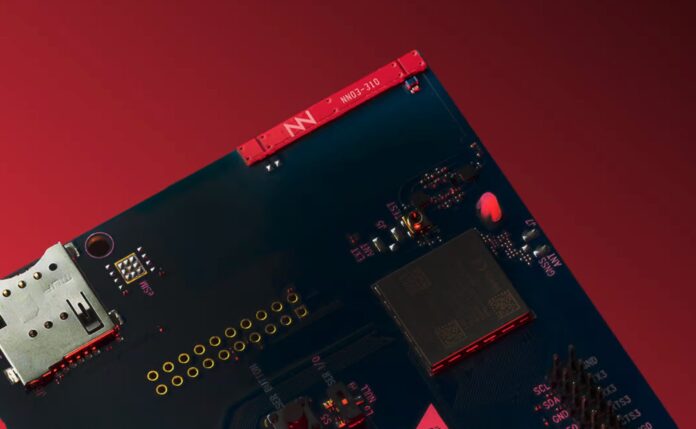Barcelona-based antenna company Ignion has launched a digital-twin prototyping tool for IoT devices with up to five radios. The latest version of its Antenna Intelligence Cloud (AIC) product, which ostensibly removes the need to start with a physical prototype, supports design simulations of IoT products supporting multiple wireless standards, with the aim to make high-functioning IoT projects easier to develop.
The user market wants IoT devices to support multiple wireless protocols, in order to offer more flexibility to open-up new use cases, the firm stated. This brings advancing design complexity and increasing certification requirements for radio designers, it noted – often leading to more iterative prototyping, longer lead-times, and “slipping deadlines”. The expanded AIC platform produces a simulated performance that is “very close to… a real world end device”.
Ignion offers a proprietary multiband ‘virtual antenna’ chip solution to reduce development costs and accelerate deployment schedules. Its original AIC platform launched in March, on AWS, to help radio engineers test IoT designs running sundry cellular antennas (5G, LTE, plus low-power IoT-native tech NB-IoT and LTE-M), as well as non-cellular wide-area LoRaWAN, non-cellular mid-range Wi-Fi 6E, and non-cellular ultra-short-range UWB.
Ignion claims 1,500 customers use its AIC platform. Rebranded from Fractus Antennas 18 months ago, the newest AIC platform allows for hybrid antenna designs, covering all of the above, plus standard GNSS for positioning. The new multi-radio digital-twin facility allows engineers to spin-up a virtual testbed model of complex antenna designs, coupling for up to five radios in the same device, all with appropriate performance profiles, in a “matter of minutes”, reckons the Spanish outfit.
A recent report by ABI Research said the growing breadth of IoT devices and use cases, combined with additional radio spectrum and protocols, is creating more complexity in designing and integrating antennas into products. IoT antenna shipments will jump to 7.2 billion IoT in 2025, it reckons. But IoT device makers lack the skills to tackle the inherent complexity of antenna design, it said, creating an opportunity for antenna companies like Ignion to offer additional support and services.
But ABI also warned that antenna makers must “think strategically to stay relevant in a more competitive market and an increasingly diverse technological landscape”. The report, available here, highlights the work of Ignion to develop off-the-shelf products to complement or replace custom antenna offerings.
In a supplied quote, Tancred Taylor, industry analyst at ABI Research, said: “IoT antenna integration is a hard and time-consuming process, which leads to failure in the design process and in devices deployed in the field. Putting antenna design and profiling software tools into the hands of customers is a key way of streamlining the design process and guaranteeing the performance of devices. Ignion’s AIC is a great example of this and will allow device manufacturers to confidently use standard off-the-shelf antenna designs to assure the success of their IoT projects.”

